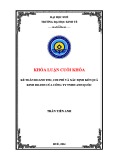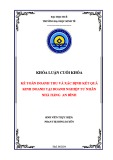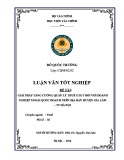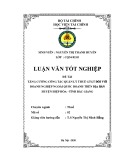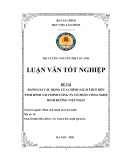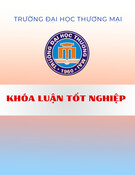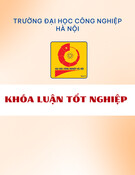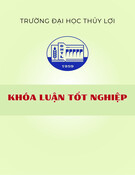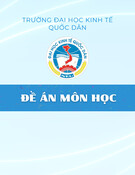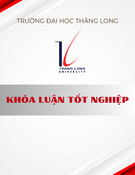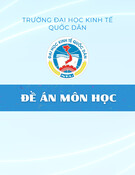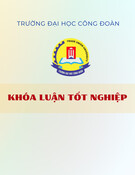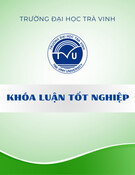
4
expectations in the coming years. The Bureau of Labor Statistics says, “Cloud computing is a
way to replace computer products with services, such as storage space or software, delivered
over the Internet” (Lauren Csorny, 2013). On the flip side, cloud computing may lead to a
decline in jobs for onsite IT services due to it performing these jobs. There might be a decline in
job opportunities in the other related industries, because fewer employees are needed for system
maintenance and support.
With the increased use of technology, there is expected to be a continuous increase of
cyberattacks. Because of cyberattacks, the demand for security services such as antivirus
programs, improved firewalls, and other intrusion detection systems will increase. Businesses
want to protect their data and intellectual property, this is a major factor in the employment
growth in information systems design and related services (Lauren Csorny, 2013).
Relationship between Accounting and Information Systems
Accounting and Information Systems are two different fields but combined they create a system
of collecting, storing, managing, processing, retrieving and reporting financial data effectively.
Some of the users of Accounting Information System (AIS) are accountants, managers and
business analysts (AccountingEdu.org, n.d.). [11] There are six parts in a typical AIS; people,
procedures and instructions, data, software, information technology infrastructure (ITF), and
internal controls. People are the users of the system, procedures and instructions deal with how
data is collected, stored, retrieved, and processed, while data includes all the information that
goes into the system. The software consist of the computer programs used in processing data,
ITF consist of the hardware used to operate the AIS and internal controls are the security
measures used to protect the data (AccountingEdu.org, n.d.).
The AccountingEdu.org says, “Because an AIS stores and provides such valuable business
information, reliability is vitally important” (AccountingEdu.org, n.d.). The American Institute
of Certified Public Accountants (AICPA) and the Canadian Institute of Chartered Accountants
(CICA) identified five important principles of the AIS’s reliability; 1) Security – access to
system and data should be controlled and limited to authorized users, 2) Confidentiality – the
protection of sensitive information and unauthorized disclosure of such information, 3) Privacy –
ensuring the client’s personal information is collected, used and disclosed in an appropriate
manner, 4) Processing Integrity – ensuring data is processed accurately, completely and timely
with proper authorization, and 5) Availability – the system should be available to meet
operational and contractual obligations (AccountingEdu.org, n.d.).
The automation of some accounting jobs could increase efficiency in the work place, which
influences the productivity of the employees (Marlene Anderson, 2016). [12] Some of the jobs in
the accounting field that can be automated are; document collaboration, social media presence,
and data entry. Document collaboration can be automated through cloud. This allows the sharing
of information between company and clients, and also among employees. Instead of always
printing information out and sending paper files around, using Cloud gives the viewer access to
the information anywhere they are and allows for digital signature signing. Not only can
document collaboration be automated, the company’s social media presence can be automated as
well. Instead of taking time daily to write posts, the PR Representative can write all the posts at
the beginning of the week and assign days and times when they should be posted during the
week (Marlene Anderson, 2016).






